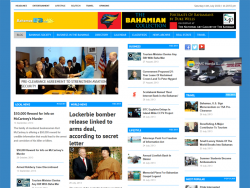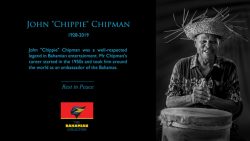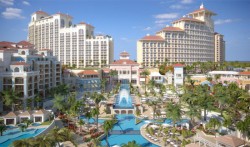Within the next three years the proposed Inter-Americas Sea Tsunami Warning System (IAS TWS) for the Caribbean could become a reality.
This is according to a statement issued by the Caribbean Emergency Disaster Response Agency (CDERA), which explained that the warning system was designed after many years of consultation with relevant parties and was approved by the General Assembly of the Intergovernmental Oceanographic Commission (IOC) in June 2002. At that time the system had a price tag of US$2.426 million.
The system which would service the Caribbean Sea, the Bahamas and the Gulf of Mexico, would comprise state-of-the-art tsunami models for inundation map development, tsunami risk assessments, and evacuation plans. Data on events would be gathered through existing networks.
It was explained that a protocol has already been established for participating seismic networks of the Caribbean, North America, Central America, and South America to submit data on significant events in the region in near real time.
The IAS TWS would use TREMORS (Tsunami Risk Evaluation through seismic Moment from a Real-time System) which is based on a single three-component broadband seismometer connected to a personal computer where special software is continuously running. It automatically detects the arrival of seismic waves from any large earthquake, locates the epicentre, and computes the seismic moment.
It can also send a warning to a telephone and set off an alarm tone on the personal computer. TREMORS is capable of detecting and analysing potentially tsunamigenic earthquakes at regional distances within the IAS and far distances such as across the Atlantic.
At least eight TREMORS stations would be required for the Caribbean to monitor the eastern and northern Caribbean from Cuba to Trinidad, and the western Caribbean where the Cocos plate subducts under the Caribbean plate. It is proposed to have sites in Colombia, Costa Rica, Cuba, Guadeloupe, Mexico, Puerto Rico, St. Vincent and Venezuela.
With the proposed set of broadband stations and TREMORS systems, large-magnitude events can be quickly recorded without the signal going off scale and the seismic parameters can subsequently be determined.
The goal is for this network to be capable of notification of a major earthquake in the IAS within two minutes of the initial rupture. This notification will be followed within three minutes by detailed seismic parameters that provide an understanding of the likelihood of a tsunami.
The Barbados Advocate



